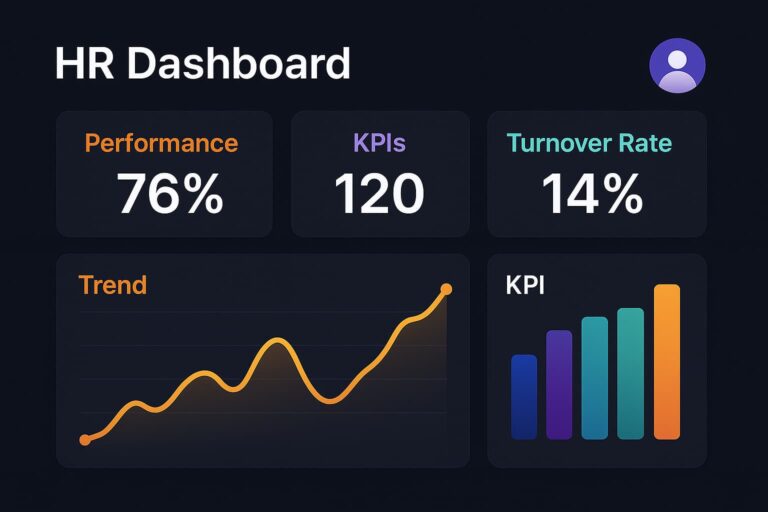In today’s fast-paced digital landscape, web development has evolved significantly to meet the demands of modern businesses and users alike. With the constant emergence of new technologies and trends, understanding the key pillars of modern web development is essential for success in the ever-evolving online world.
1. Responsive Design:
Responsive web design is at the forefront of modern development. With the proliferation of various devices, from smartphones to tablets and desktops, websites must adapt seamlessly to different screen sizes. Ensuring a consistent user experience across all platforms is a fundamental aspect of web development today.
2. User-Centric Approach:
User experience (UX) and user interface (UI) design have become critical elements of web development. Crafting intuitive interfaces and prioritizing user needs not only enhance user satisfaction but also drive engagement and conversions.
3. Performance Optimization:
Web users have high expectations when it comes to page loading times. Slow websites can lead to user frustration and high bounce rates. Optimizing performance by minimizing loading times and reducing unnecessary data transfers is vital for retaining visitors.
4. Security and Privacy:
As cyber threats continue to evolve, web security is paramount. Developers must implement robust security measures to protect user data and maintain trust. SSL encryption, secure coding practices, and regular security audits are all essential components of modern web development.
5. Content Management Systems (CMS):
Content management systems like WordPress, Drupal, and Joomla simplify website management and content updates. They allow developers to focus on custom features and functionality, rather than reinventing the wheel with each project.
6. Progressive Web Apps (PWAs):
PWAs combine the best of web and mobile app experiences. They offer offline functionality, fast loading, and push notifications, providing users with a more app-like experience directly from their browsers.
7. Accessibility and Inclusivity:
Ensuring that websites are accessible to all users, including those with disabilities, is a legal requirement in many regions. Implementing accessible design principles not only meets legal obligations but also broadens the potential audience for a website.
8. Search Engine Optimization (SEO):
With billions of websites on the internet, optimizing for search engines is crucial for visibility. Implementing SEO best practices ensures that your website ranks higher in search engine results pages (SERPs).
9. Scalability and Flexibility:
Modern websites need to be scalable to accommodate growing traffic and evolving business needs. Building websites with scalability in mind allows for future growth without major overhauls.
10. Cross-Browser Compatibility:
Web developers must ensure that websites function correctly across different web browsers, including Chrome, Firefox, Safari, and Edge. Cross-browser compatibility guarantees a consistent user experience.
In conclusion, the landscape of web development is continually shifting. Embracing these key pillars—responsive design, user-centricity, performance optimization, security, CMS usage, PWAs, accessibility, SEO, scalability, and cross-browser compatibility—will empower developers to create cutting-edge websites that thrive in the modern digital age.
Stay tuned for more articles on web development, where we’ll delve deeper into each of these pillars and explore the latest trends and technologies shaping the industry.





